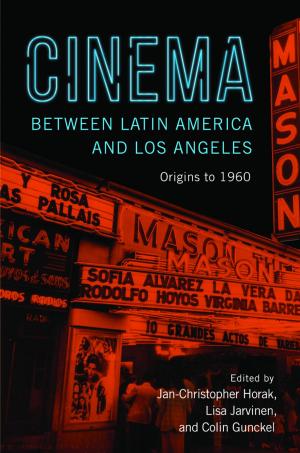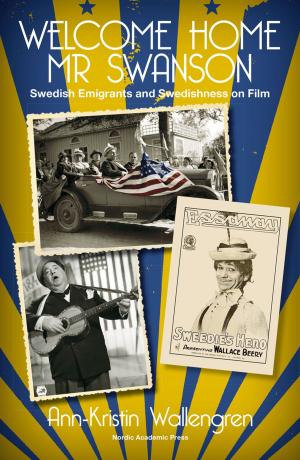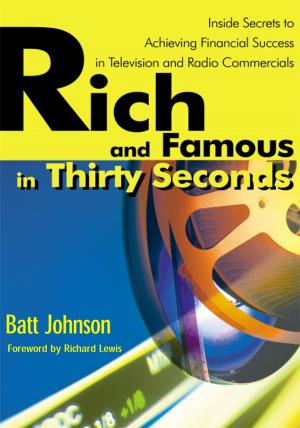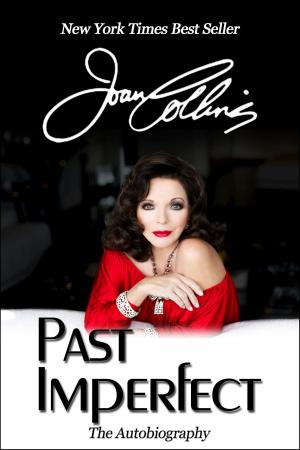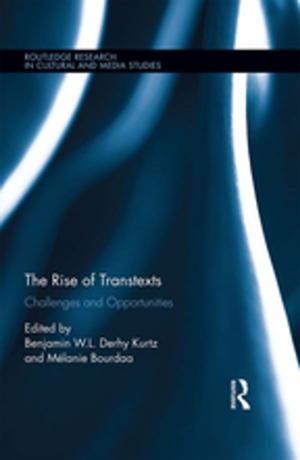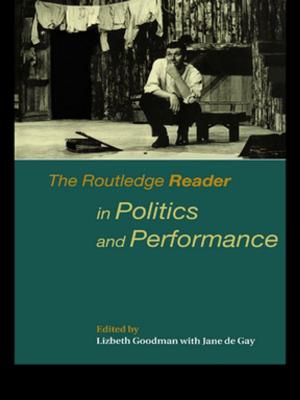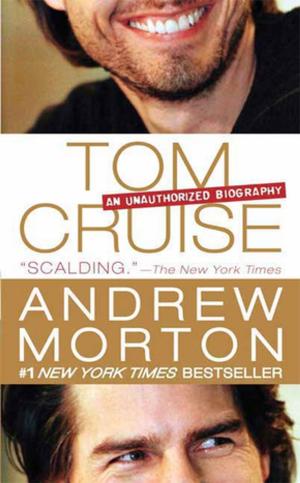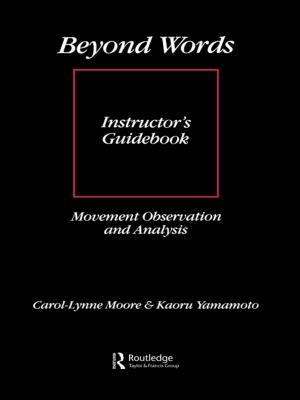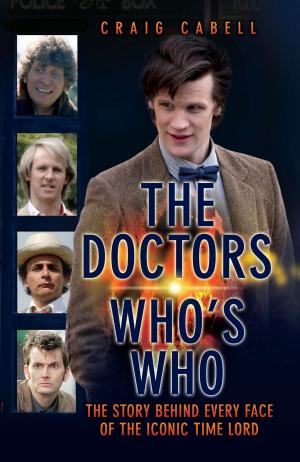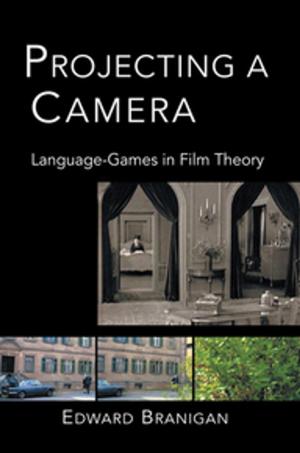| Author: | Richard Jesson | ISBN: | 9781311683922 |
| Publisher: | Richard Jesson | Publication: | July 5, 2016 |
| Imprint: | Smashwords Edition | Language: | English |
| Author: | Richard Jesson |
| ISBN: | 9781311683922 |
| Publisher: | Richard Jesson |
| Publication: | July 5, 2016 |
| Imprint: | Smashwords Edition |
| Language: | English |
More than chronological coincidence brings together Ty Cobb and Ernest Hemingway, who never met, in this play set in late autumn 1960. Cobb was dying of cancer and other ailments but still driving himself around the country, and Hemingway had been admitted to the Mayo Clinic, ostensibly for hypertension and other physical ailments but actually for what might now be diagnosed as bi-polar disorder with strong suicidal tendencies. They both died about eight months later in July of 1961. Here are some of the biographical similarities.
Both came from well educated middle class families. Cobb's father was an academic and politician; Hemingway's, a doctor.
Both lost their fathers just as they were starting their careers. Hemingway's father shot himself; Cobb's father, mistaken for a prowler, was shot by his wife (Cobb's mother).
Both, by dedication and discipline quickly rose to the highest levels of their professions. Each had a much less disciplined rival: in baseball George Herman (Babe) Ruth, in writing Francis Scott Key (F. Scott) Fitzgerald.
Both were outdoorsmen and familiar with guns, rods, and reels throughout their lives. Both on occasion fought with their fists.
Both experienced inevitable decline in their abilities. Cobb retired from baseball, after a final year in which he batted a mere .323, and continued to manage and charitably distribute his healthy income from stock investments, while Hemingway, though suffering constant frustration from his mental confusion, attempted to write until he took his life with one of his shotguns.
The “action” is Hemingway's manic-depressive journey through ups (when he is distracted by various “games,” one involving a shotgun) and downs (dwelling on his failures) to a temporary calm as he is led off to electroconvulsive therapy – or, to the hidden shotgun. What happens? Historically, Hemingway did undergo ECT, and he did shoot himself. As they see him for the last time, the audience must judge if he is more up than down and if, at least for the moment, he is responsive to the love and concern of the other characters, and of his off-stage wife.
More than chronological coincidence brings together Ty Cobb and Ernest Hemingway, who never met, in this play set in late autumn 1960. Cobb was dying of cancer and other ailments but still driving himself around the country, and Hemingway had been admitted to the Mayo Clinic, ostensibly for hypertension and other physical ailments but actually for what might now be diagnosed as bi-polar disorder with strong suicidal tendencies. They both died about eight months later in July of 1961. Here are some of the biographical similarities.
Both came from well educated middle class families. Cobb's father was an academic and politician; Hemingway's, a doctor.
Both lost their fathers just as they were starting their careers. Hemingway's father shot himself; Cobb's father, mistaken for a prowler, was shot by his wife (Cobb's mother).
Both, by dedication and discipline quickly rose to the highest levels of their professions. Each had a much less disciplined rival: in baseball George Herman (Babe) Ruth, in writing Francis Scott Key (F. Scott) Fitzgerald.
Both were outdoorsmen and familiar with guns, rods, and reels throughout their lives. Both on occasion fought with their fists.
Both experienced inevitable decline in their abilities. Cobb retired from baseball, after a final year in which he batted a mere .323, and continued to manage and charitably distribute his healthy income from stock investments, while Hemingway, though suffering constant frustration from his mental confusion, attempted to write until he took his life with one of his shotguns.
The “action” is Hemingway's manic-depressive journey through ups (when he is distracted by various “games,” one involving a shotgun) and downs (dwelling on his failures) to a temporary calm as he is led off to electroconvulsive therapy – or, to the hidden shotgun. What happens? Historically, Hemingway did undergo ECT, and he did shoot himself. As they see him for the last time, the audience must judge if he is more up than down and if, at least for the moment, he is responsive to the love and concern of the other characters, and of his off-stage wife.
![Cover of the book Forests of the [K]Night by Richard Jesson, Richard Jesson](https://www.kuoky.com/images/2016/july/500x500/9781311683922-RD8H_500x.jpg)
